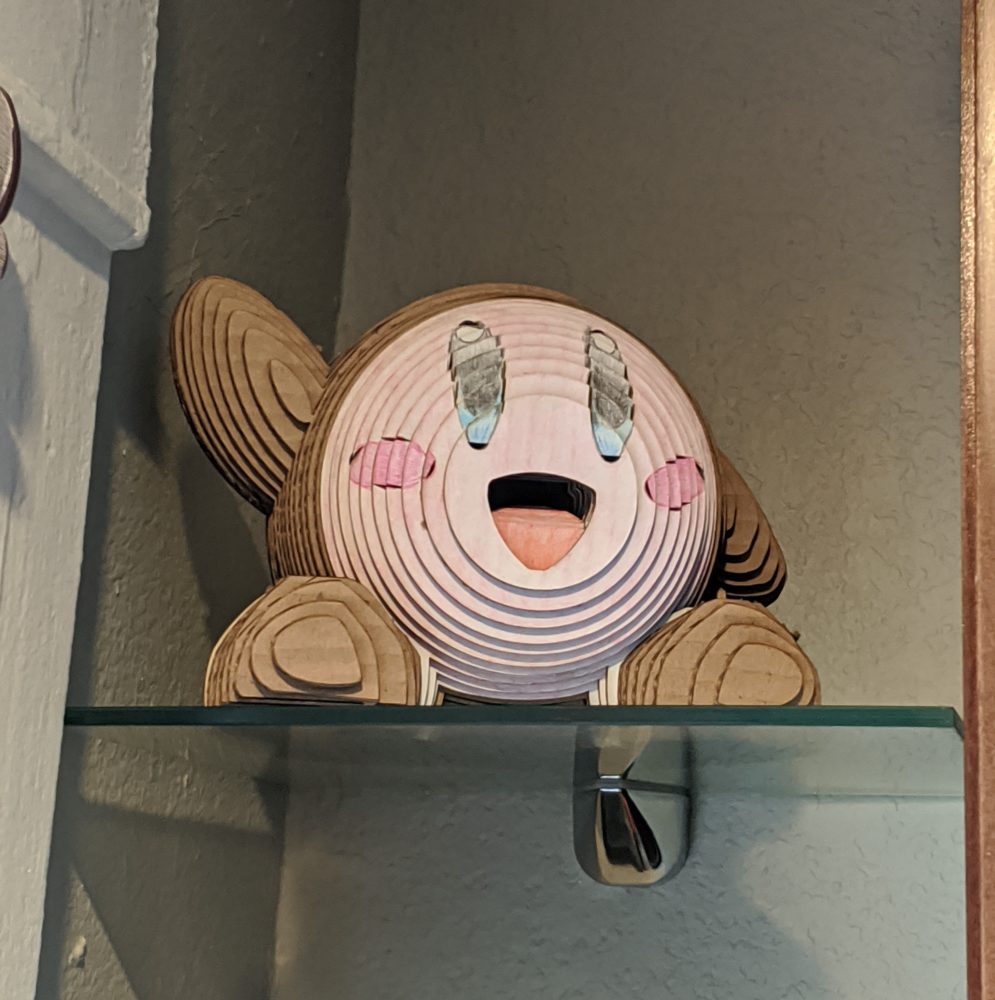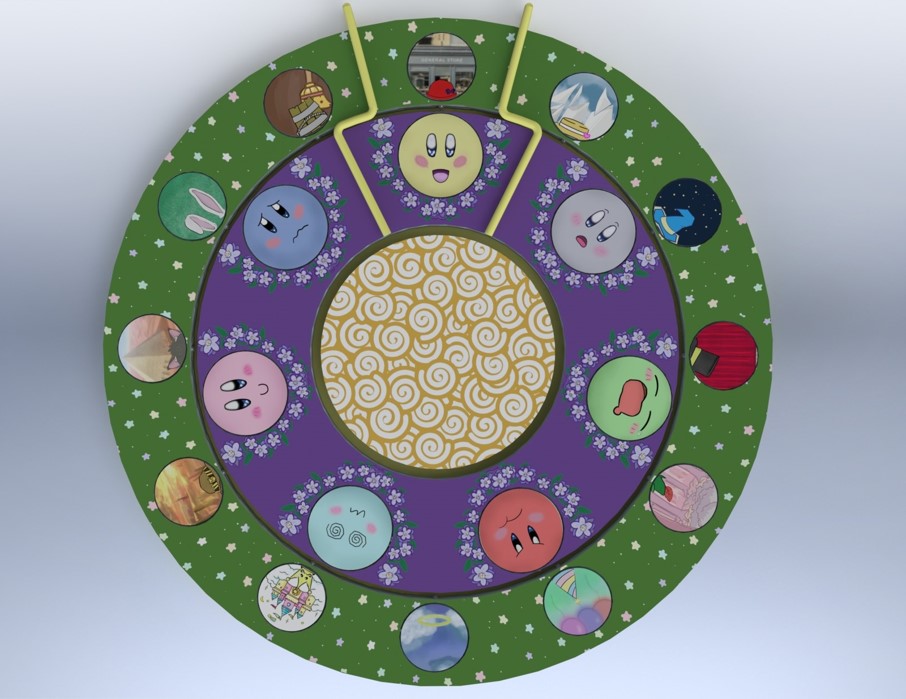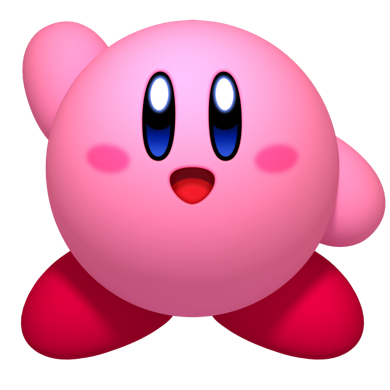Featured Image credit: Artist Shigeru Miyamoto: https://www.polygon.com/nintendo/2019/10/5/20900178/kirby-character-name-nintendo-lawyer-john-kirby-obituary
This post serves as an anthology of my work for the course Aesthetics of Design, taken in the Spring of 2020 at CU Boulder, under Professor Hertzberg.
Upcycling Project Description: “Create an artifact that conforms to an aesthetic, either the aesthetic you researched, or one that someone else in class posted about. Upcycle means that your artifact should be constructed of inexpensive or recycled material, something easy to manipulate using additive or subtractive techniques: cardboard (can be laser cut), foam core, drywall, sticks, plastic forks or plates, soda cans/bottles, Legos, bubblewrap or packing peanuts, stir sticks, straw, hay, cloth, papier Mache, tires, DVDs, PVC, food, plastic bags etc. Your artifact should be of moderate size, something between 0.5 and 8 cubic feet; can be small but must be viewable without a microscope, or up to as large as a chair.”

- Aesthetic Exploration: “Kawaii” or “Cute”
- Upcycle Inspiration: Kirby Sculpture
- Initial Progress on Upcycle: “Kawaii” – Kirby
- Upcycle Final Report: Kawaii
Main Project Description: “You can make anything you want, as long as it has some sort of dynamic component; a moving part or something that changes with time. You are expected to pay for the materials (cost at least equivalent to a hardcopy textbook, say $150) and the project is yours to keep at the end of the semester.” *Note: due to the COVID-19 pandemic, 3D renderings and modelling was permitted as a substitution for physical manufacturing.*

- Main Project: Inspiration – Kawaii “Mood Rings”
- Alternate Aesthetics for Mood Rings
- Main Project: Top 5 Constraints for Mood Rings
- Kawaii Mood Rings – Detailed Plans p.1 – What
- Design Review p.2 – How? Mood Rings
- Construction Update: Mood Rings
- Final Project p.1 – What and How
- Final Project p.2 – Why and What Next – Mood Rings

